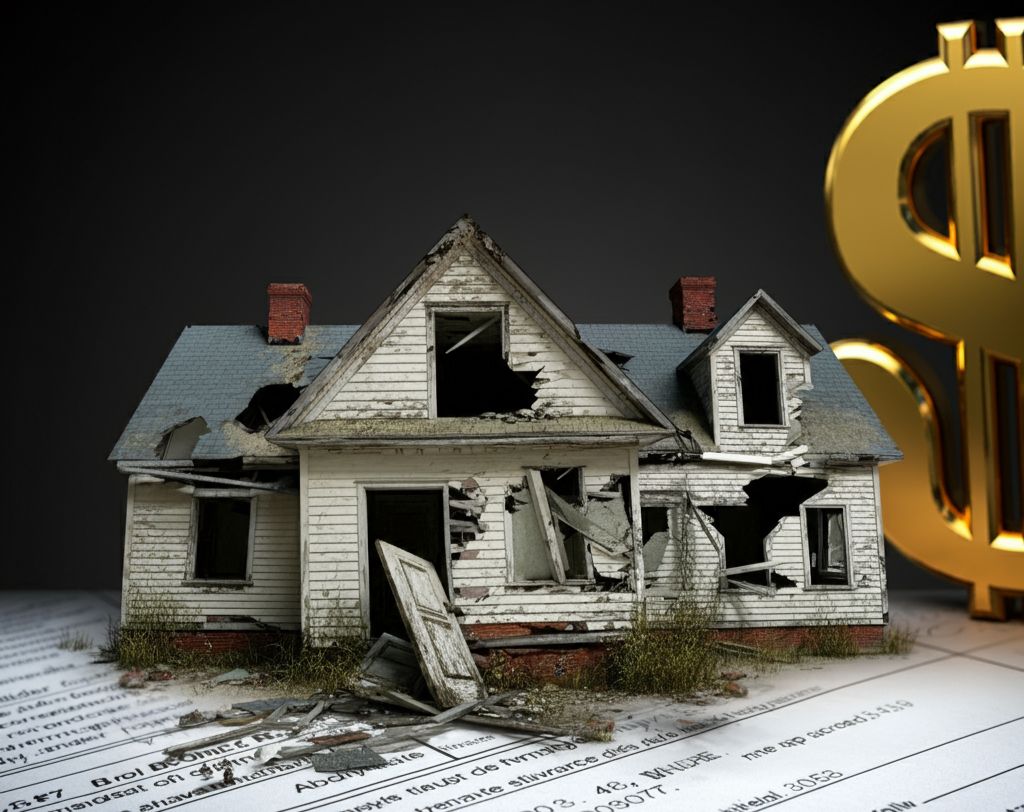Financing Distressed Homes in Poor Condition
Financing Distressed Homes in Poor Condition
One of the biggest hurdles when investing in distressed properties is securing financing, especially if the property is in poor condition. Traditional lenders, such as banks or credit unions, often hesitate to finance properties that require significant repairs or are deemed uninhabitable. Here are some common issues that traditional lenders may refuse to finance on:
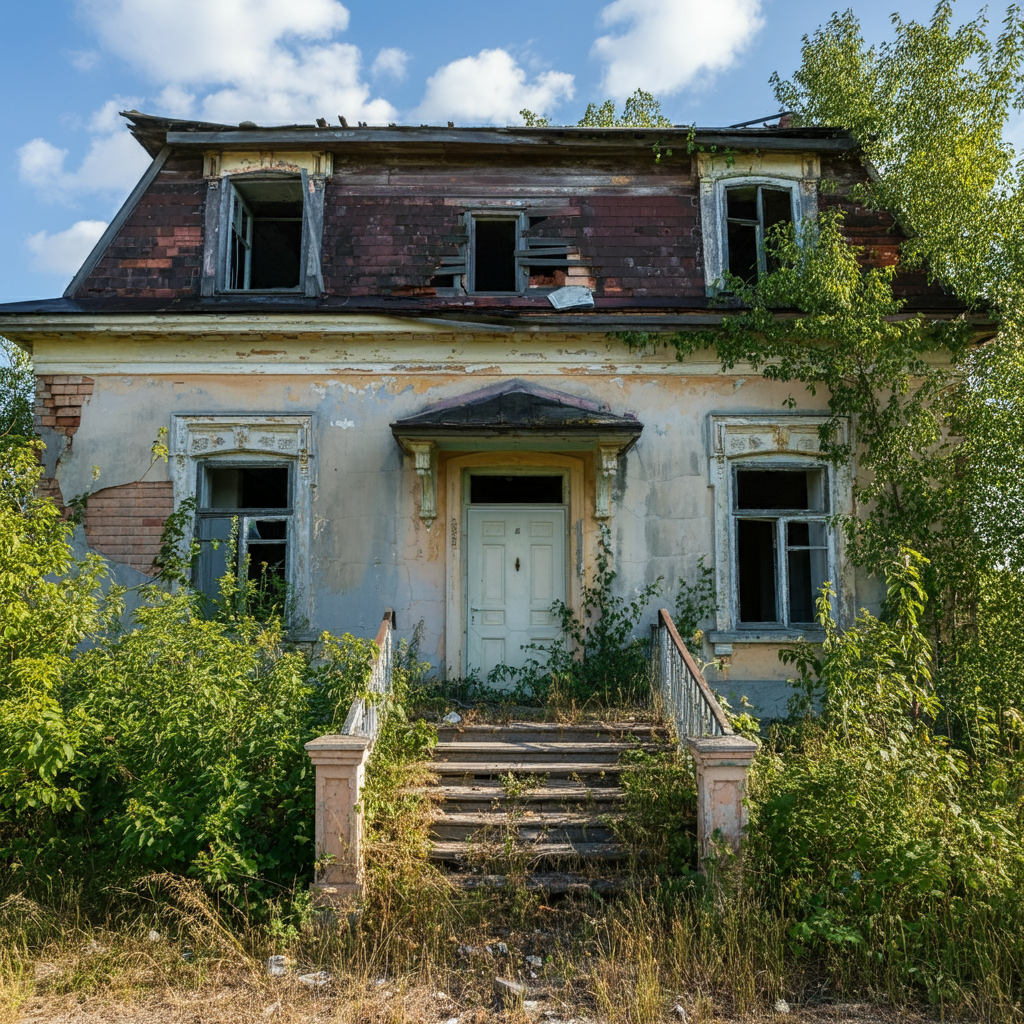
-
Major Structural Issues: If a home has significant problems with the foundation, roof, or walls, lenders may see the property as too risky. Extensive repairs can cost a considerable amount, and lenders may be concerned that the borrower won't be able to handle the financial burden of both the mortgage and the repairs.
-
Plumbing and Electrical Problems: Homes with outdated or faulty plumbing and electrical systems can pose safety hazards, making them ineligible for traditional financing. Lenders prefer homes that meet modern safety standards, and if a property requires extensive updates, it may not qualify for a standard mortgage.
-
Uninhabitable Condition: Lenders typically want assurance that the home is livable. If the property is missing basic necessities like a functional kitchen, bathroom, or heating system, or if it has severe mold or water damage, the home may be considered uninhabitable. This will often lead to rejection for traditional financing until the property is repaired.
-
Code Violations: Properties that do not comply with local building codes may face financing challenges. If the home has illegal additions or serious code violations, a lender may refuse to approve the mortgage until the violations are resolved.
-
Environmental Hazards: Presence of environmental hazards, such as lead-based paint, asbestos, or contaminated water, can also make it difficult to secure financing. These issues often require costly remediation, and lenders may view the home as too risky for a standard loan.
CLICK TO VIEW OUR DISTRESSED HOMES LIST
Financing Options for Homes in Bad Condition
Given these challenges, investors must look beyond traditional financing to purchase distressed properties. Here are some alternative options:
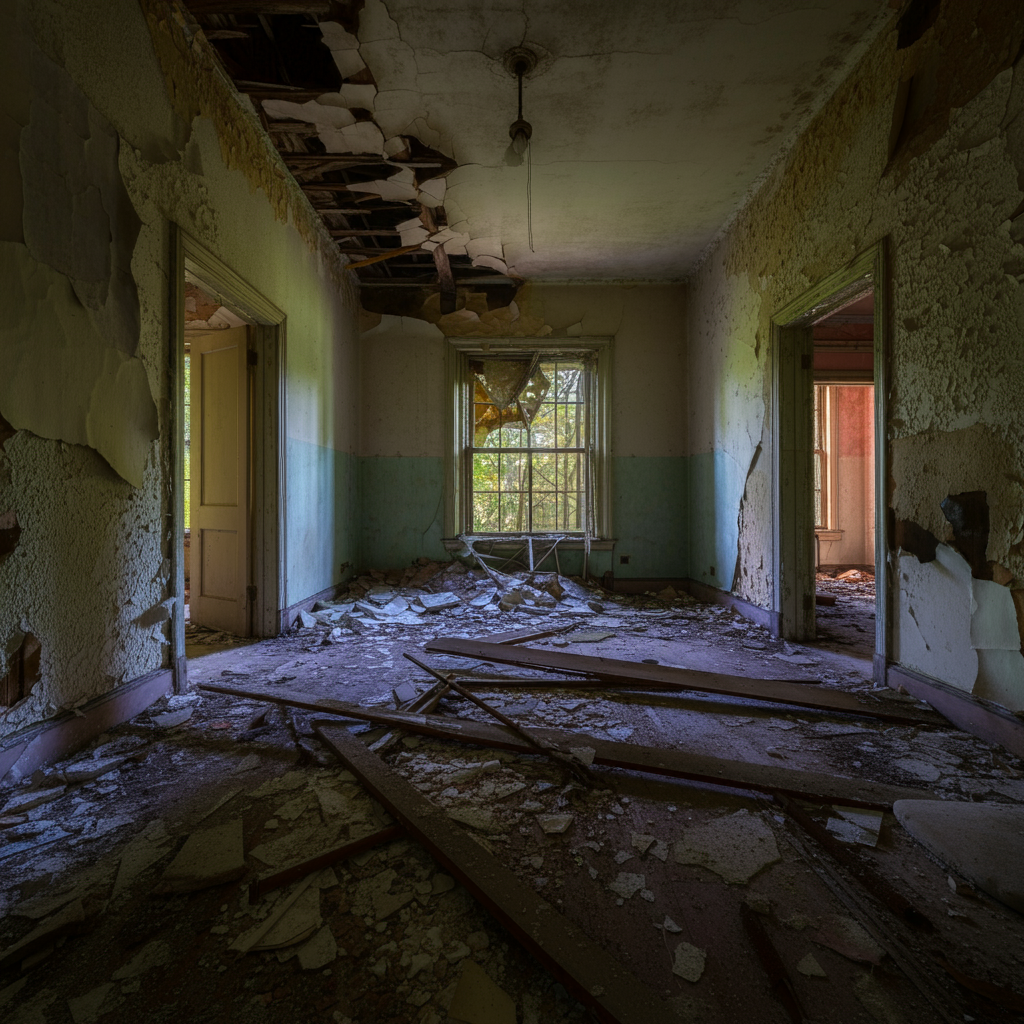
-
Hard Money Loans: These are short-term loans provided by private lenders that are based on the value of the property rather than the borrower’s creditworthiness. Hard money lenders are often more willing to fund properties in bad condition, making this a popular option for investors looking to fix and flip distressed homes. The downside is that hard money loans often come with higher interest rates and shorter repayment periods.
-
FHA 203(k) Loans: For buyers planning to live in the home, an FHA 203(k) loan can be a great option. This government-backed loan allows buyers to finance both the purchase price and the cost of renovations in a single mortgage. FHA 203(k) loans are particularly beneficial for properties in need of substantial repairs, but the borrower must meet FHA eligibility requirements.
-
Construction Loans: These are short-term loans designed to cover the cost of purchasing and rehabilitating a home. Once the renovations are complete, the loan can be converted into a permanent mortgage. Construction loans are a viable option for properties that need major repairs, but they typically require detailed plans and budgets before approval.
-
Cash Purchases: Investors with access to cash often prefer to purchase distressed properties outright, avoiding the complications of securing financing altogether. Cash purchases allow investors to move quickly and negotiate more favorable deals with sellers who may be looking for a fast transaction. Additionally, cash buyers often have an advantage in competitive markets.
-
Private or Investor Financing: Some investors may seek financing from private individuals or groups looking for a return on their investment. These types of arrangements can provide more flexibility in terms of loan conditions and timelines compared to traditional lenders.
CLICK TO VIEW OUR DISTRESSED HOMES LIST
How to Improve Your Chances of Securing Financing
Even if you’re working with traditional lenders, there are a few strategies that can improve your chances of securing financing for a distressed property:
-
Pre-Approval: Get pre-approved for a mortgage before starting your search. This shows lenders that you’re serious and financially capable, even if the property needs repairs.
-
Present a Clear Plan: If you're applying for a loan to cover both the purchase and renovation costs, be sure to provide lenders with a detailed renovation plan, including cost estimates and timelines. This demonstrates that you understand the scope of the project and are prepared to handle it.
-
Work with Lenders Experienced in Distressed Properties: Some lenders specialize in financing distressed homes and may be more willing to take on the risk. Building relationships with these lenders can help you navigate financing more smoothly.
CLICK TO VIEW OUR DISTRESSED HOMES LIST
Categories
Recent Posts




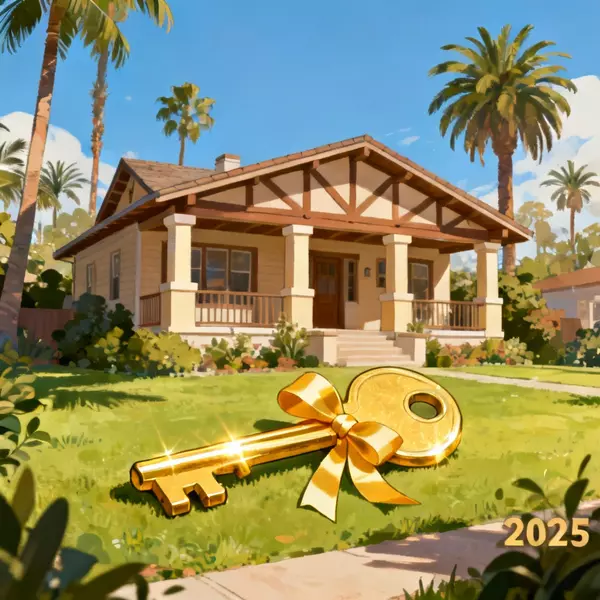

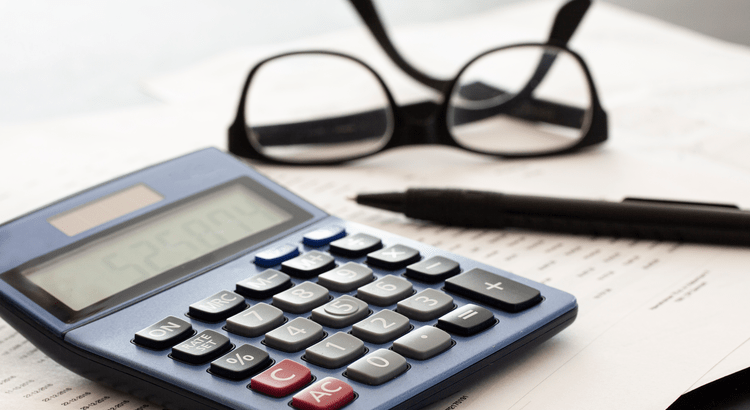

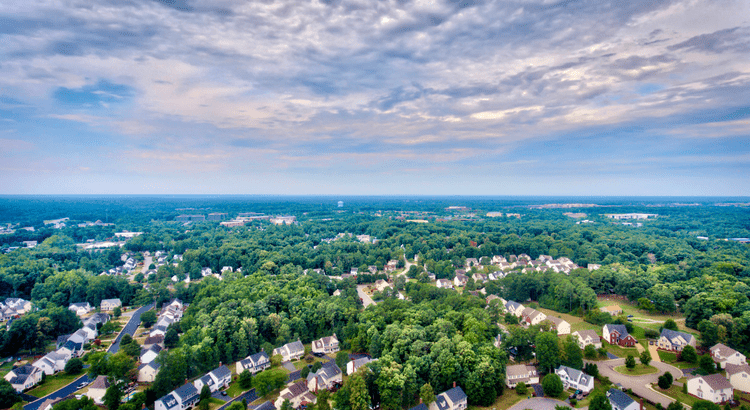

GET MORE INFORMATION


